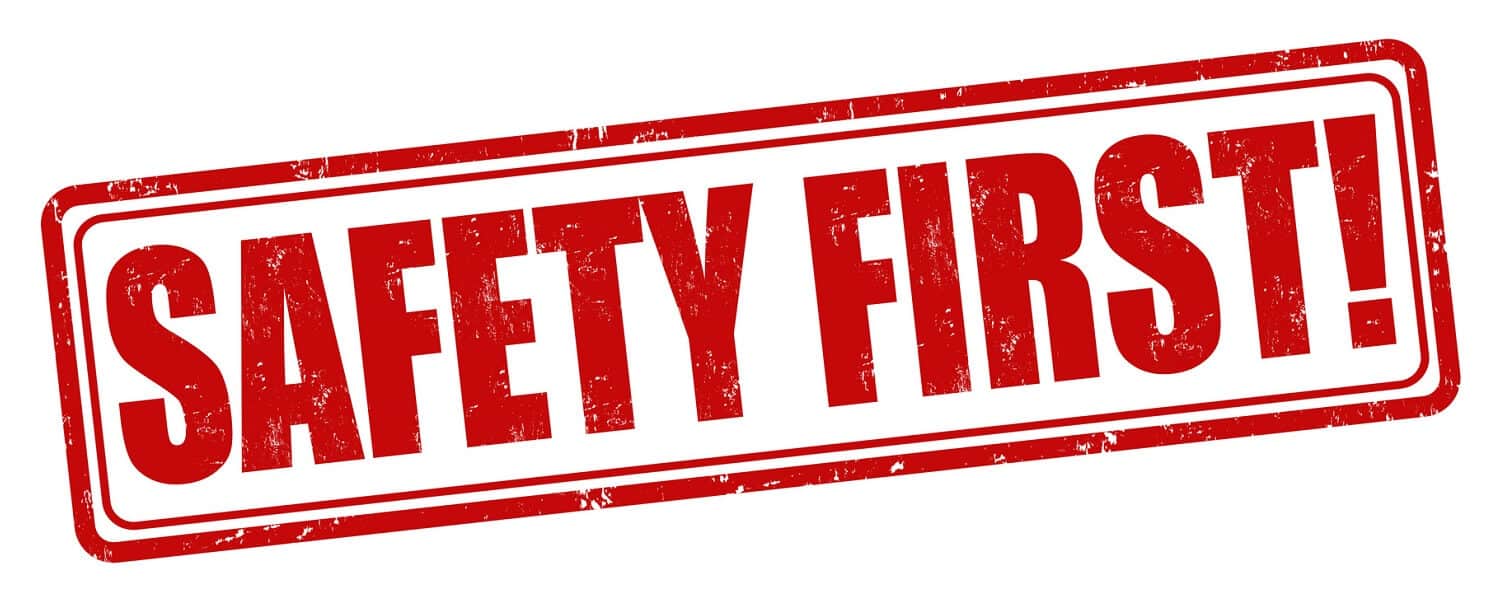This month on the Welcome Home blog, we’re focusing loosely on homework in honor of school starting up again. This week, simple things you can do to stay safe at home.
We all know accidents happen. But did you know that a third of all accidents happen at home? In the spirit of keeping you and your family safe while enjoying your new house, this article lays out some of the top potential safety hazards you need to be looking out for.
Falls
Falls are the number-one cause of home injury and death in America, and children and the elderly are the most vulnerable. Bathrooms showers and floors can be slippery, but bath mats can help. The dangers associated with stairs can be mitigated with handrails and good lighting, and safety gates can protect children. Speaking of kids, window screens aren’t strong enough to stop a child from falling out. Consider installing quick-release window guards on upper floors and keep climbable furniture away. Ladders are probably the most dangerous territory for falls. When using one, make sure you set it on a stable surface and maintain three points of contact with it at all times (feet/hands/leaning against it).
Smoke Alarms
Nationwide, fire is the leading cause of death for kids ages 2-14. Most fire-related deaths happen when there aren’t any smoke detectors, or when they’re not working. Make sure you have smoke alarms installed, and test them on a regular basis. Replace batteries once a year, even if they seem okay.
Carbon Monoxide Alarms
Carbon monoxide is a colorless, odorless gas that can disable and kill you within minutes. The gas can be released by a malfunctioning natural gas-powered furnace, water heater, oven or fireplace. The warning signs of carbon monoxide poisoning include shortness of breath and mild nausea that improve when you leave your home and return when you go back indoors. Carbon monoxide alarms are crucial tools to keep you and your loved ones safe at home.
Fire Extinguishers
Every home needs at least one fire extinguisher on each level, stored in plain sight and near exits so a fire doesn’t come between you and your escape route. Keep in mind that fire extinguishers are meant for small, contained fires. Once a fire has spread, don’t delay – get out of the house and call the fire department!
Do It Yourself Projects
Owning a home means lots of Do It Yourself projects. With an eye toward learning from the mistakes of others, here’s a list of the Top Ten DIY Injuries according to Home Depot:
- Cleaning Gutters: Due to falls from ladders
- Tree Removal: Dangerous equipment and potential for getting crushed
- Gas Line Repairs: (Um, why would people actually try to DIY this?!)
- Roof Repairs: Ladders again
- Electric Outlet Installation: Better to leave this to the pros
- Insulation Installation: Fiberglass particles in your lungs
- Carpentry Work: Power tools are dangerous
- Moving Heavy Objects: The human back is a vulnerable thing
